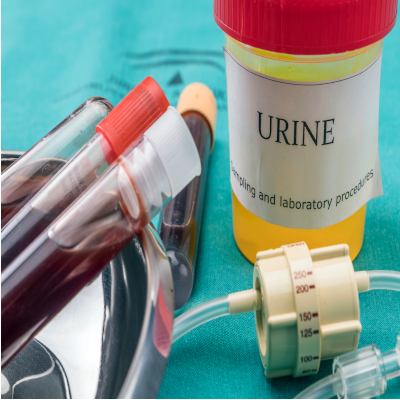Accurate deciphering of a medical laboratory specimen is crucial to the correct set up of the media/instrument prior to testing. It is also crucial for the provider interpretation of the results. Specimen refers to the actual item being tested; it populates a required field of the SPM (Specimen) segment of an HL7 message. A different and optional field of the SPM segment is the source of the specimen; the two are not synonymous. Specimen and source are sometimes confused in their usage, because information from one could be swapped or combined with that in the other. For example, it is much more common to see “arterial blood” as a specimen, rather than “blood” and “right femoral artery” as specimen and source respectively. For result interpretation, such as blood oxygenation level, the clinician would want to know that the specimen is “arterial blood” versus “venous blood”, but usually won’t care about the site of the blood draw.
For interoperability, you may want to map your list of specimens to SNOMED CT. It is important to search in the right domain, which is Specimen (SNOMED CT Identifier or SCTID 123038009). As shown in the following table, simply typing “synovial fluid” brings back 165 matches. The Fully Specified Name includes the concept domain in parentheses, providing additional definitional information to the text description. You can see it is important to select the concept belonging to the appropriate domain – in this case the second item, “Synovial fluid specimen (specimen)” (SCTID 119332005), rather than the others.
| SCTID | Fully Specified Name |
| 6085005 | Synovial fluid (substance) |
| 119332005 | Synovial fluid specimen (specimen) |
| 85396007 | Synovial fluid analysis (procedure) |
| 167859001 | Synovial fluid examination (procedure) |
| 250530008 | Synovial fluid finding (finding) |
| 167861005 | Synovial fluid sent for examination (situation) |
The most likely SNOMED CT domain for source would be Body Structure (SCTID 123037004). Because SNOMED CT is very comprehensive; depending on how your Lab Information System (LIS) is set up,
you can end up with a variety of possible mappings, some of which are shown in the table below:
| LIS Item | Specimen SCTID | Specimen Name | Body Structure SCTID | Body Structure Name |
| Synovial fluid or Joint fluid |
119332005 431361003 |
Synovial fluid specimen Joint fluid specimen |
||
| Knee fluid |
167874004 119332005 431361003 |
Knee joint synovial fluid Synovial fluid specimen Joint fluid specimen |
729395000
|
Entire knee joint synovium |
| Right knee synovial fluid |
167874004 119332005 431361003 |
Knee joint synovial fluid Synovial fluid specimen Joint fluid specimen |
762079009
|
Structure of synovium of right knee joint |
| Left knee fluid |
167874004 119332005 431361003 |
Knee joint synovial fluid Synovial fluid specimen Joint fluid specimen |
762078001 | Structure of synovium of left knee joint |
| Knee aspiration | 446675002 | Specimen from knee joint obtained by aspiration |
Your mapping choices may be determined by your use case, such as whether you’re able to populate a separate source field. Ultimately, to support querying and analysis for secondary data use, you may need the ability to “group”, or to “walk up or down” a hierarchy – for the above specimen examples, ideally all the specimens would be grouped or related to Synovial fluid specimen (SCTID 119332005), for instance. You may need to make a choice for now, but encourage your lab information system vendor to provide specific fields that allow for accurate incorporation of SNOMED CT and HL7.
If you have other terminology topics that you’d like us to discuss, or need help with terminology mapping , please contact us.

